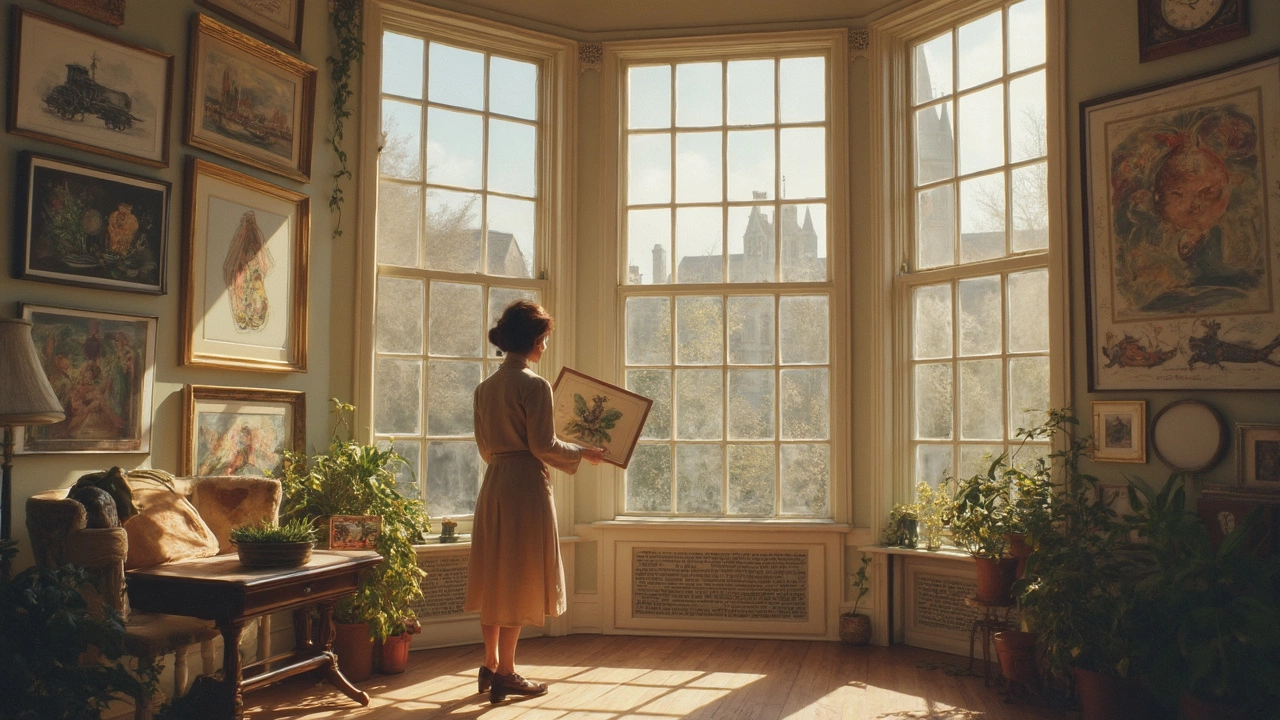Visual Art: A Practical Guide for Creators and Fans
When you hear "visual art" you probably picture a painting on a wall or a statue in a park. In reality, visual art covers anything you can see and experience with your eyes – from sketches and murals to digital installations and street graffiti. It’s the stuff that makes a room feel alive, a city feel vibrant, and a story feel real.
What Counts as Visual Art?
Anything that’s created to be looked at fits the bill. Classic examples include oil paintings, charcoal drawings, and marble sculptures. Modern twists add digital prints, 3D‑printed objects, and even AI‑generated images. Even everyday designs like posters, album covers, and Instagram filters count because they’re made to catch the eye. The key is intent – the creator wants you to see something, feel something, or think something.
Because the definition stretches so far, you’ll find overlapping categories. Abstract art, for instance, lives under the visual art umbrella but focuses on color, shape, and feeling rather than recognizable subjects. Street art blends sculpture, paint, and performance, turning a city wall into an open‑air gallery. The more you explore, the more you’ll see how fluid the lines are.
How to Dive In: Tips for Creating and Appreciating
If you want to start making visual art, begin with what you have. A simple sketchbook, a set of acrylics, or even a free digital drawing app can launch you. Pick a subject that excites you – a favorite place, a feeling, or a pattern you’ve noticed. Work in short sessions; you’ll learn faster by experimenting than by polishing every detail.When you’re on the viewer side, train your eye. Look at a piece for a few minutes, then step back and ask: What’s the first thing I notice? What colors dominate? How does the composition guide my eyes? Try to name at least two techniques the artist used – maybe glazing in oil, or layering in watercolor.
Visit local galleries, pop‑up shows, or community art fairs. Most places showcase a mix of traditional paintings, modern installations, and even beginner projects. Talking to the artists can reveal shortcuts you won’t find in books, like how to stretch canvas cheap or which sculpting material stays cheap yet strong.
Online, look for articles that break down specific topics. Our guide on “What Does Abstract Art Really Mean?” explains how to read a non‑representational piece without over‑thinking. Another post, “Easiest Sculptures for Beginners,” gives step‑by‑step ideas you can try with household items.
Remember, visual art isn’t a competition. It’s a conversation between creator and audience. Whether you’re splashing color on a canvas or spotting a hidden mural on a street corner, you’re part of a larger dialogue that’s been going on for centuries. Keep experimenting, keep looking, and let curiosity drive you.
Ready to get started? Grab a sketchpad, choose a corner of your room, and make your first doodle. Then, head out this weekend and hunt for a piece of public art you’ve never noticed before. You’ll be surprised how quickly the world of visual art opens up.

10 Feb 2025
Exploring the distinction between art prints and regular prints can be a real eye-opener for art enthusiasts and buyers. An art print holds unique value due to the artist's involvement in its creation, whereas a print is often mass-produced and less personal. By understanding the nuances, you can make better-informed decisions for your art collection. Learn what sets art prints apart and why they might be the more treasured option.
Continue reading...
